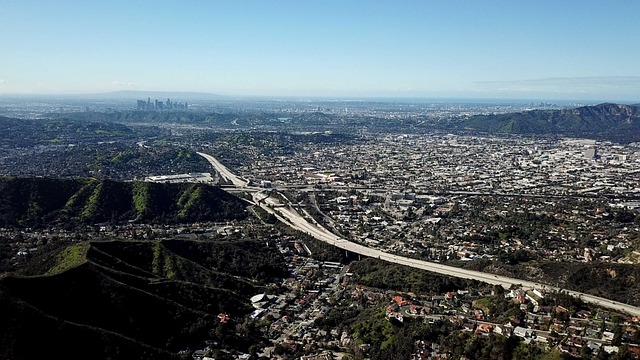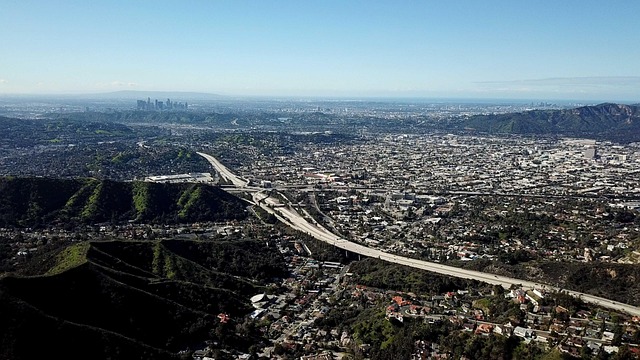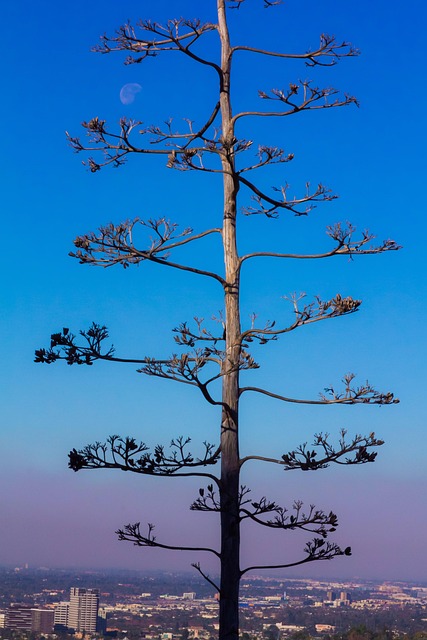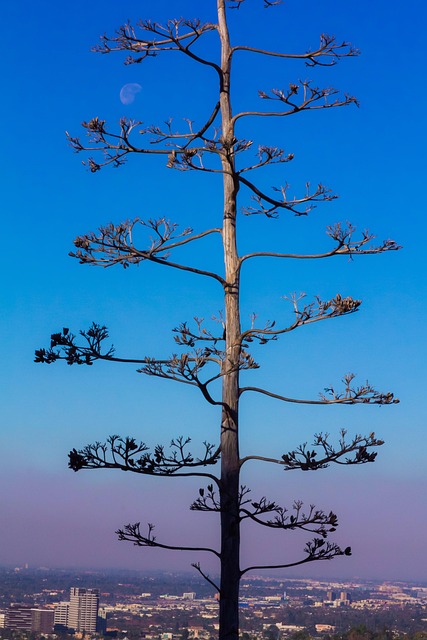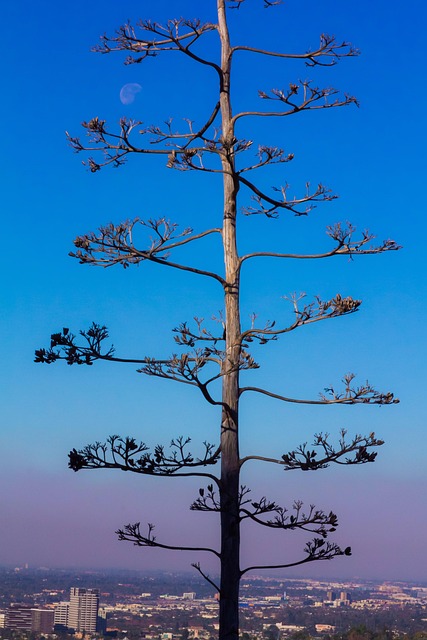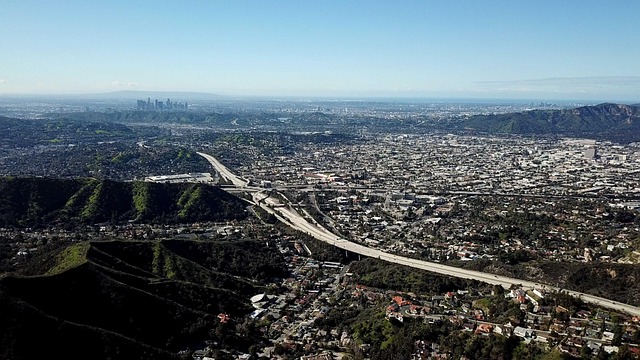Real estate professionals need to understand urban growth dynamics for effective market navigation. Cities' constant evolution presents opportunities for investors and developers who can identify emerging trends and local dynamics. Revitalizing neighborhoods through mixed-use zoning, public art, green spaces, and infrastructure upgrades fosters community, economic activity, and reduces car dependency. Real estate development impacts community vibrancy and economic growth by strategically integrating residential, commercial, and recreational spaces, enhancing quality of life for residents.
Urban centers are experiencing a dynamic shift as business districts expand and vibrant neighborhoods emerge. This growth pulse demands strategic approaches to revitalization, with real estate playing a pivotal role. Understanding the dynamics of this transformation is key to unlocking thriving communities.
In this article, we explore strategies to nurture bustling neighborhoods, focusing on real estate’s ability to foster connectivity, accessibility, and an overall sense of place—essential elements for successful urban development.
Understanding the Pulse of Urban Growth
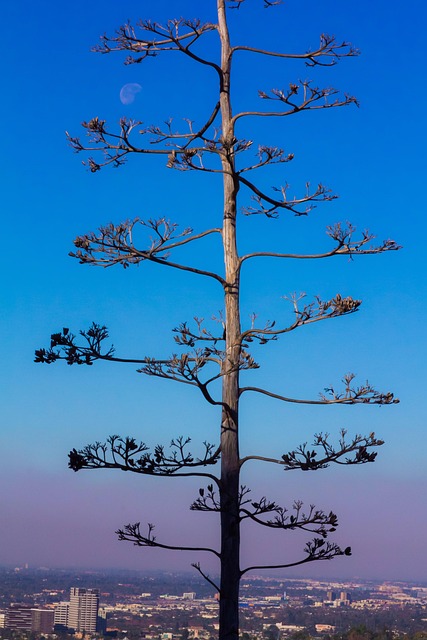
Understanding the pulse of urban growth is essential in navigating the dynamic landscape of real estate. Cities are complex ecosystems, with neighborhoods constantly evolving and transforming based on economic, social, and cultural factors. To stay ahead in the market, investors and developers must keep a keen eye on these trends.
Vibrant business districts and neighborhoods are often indicators of thriving communities, attracting businesses, residents, and visitors alike. This growth is fueled by accessibility, infrastructure development, and a unique blend of amenities that cater to various lifestyles. Real estate professionals play a crucial role in identifying emerging hotspots, understanding local dynamics, and capitalizing on opportunities to create sustainable, desirable spaces that contribute to the city’s overall vitality.
Strategies for Revitalizing Neighborhoods
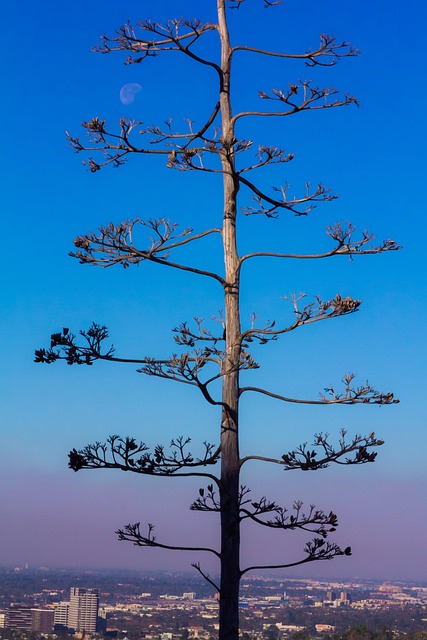
Revitalizing neighborhoods is a multifaceted strategy that involves careful planning and innovative approaches. One key strategy in urban development, particularly within the real estate sector, is mixed-use zoning. By integrating residential, commercial, and recreational spaces, neighborhoods can foster a sense of community and encourage foot traffic, leading to increased economic activity. This reduces reliance on cars, promotes local businesses, and creates a vibrant atmosphere that attracts residents and visitors alike.
Additionally, public art installations and green spaces play a significant role in neighborhood transformation. These elements not only enhance the aesthetic appeal but also serve as gathering points for community events. Investing in infrastructure, such as improving street lighting and repairing public amenities, can further contribute to making neighborhoods more livable and secure. Engaging local artists and businesses in these efforts can create unique, distinctive characteristics that set each neighborhood apart.
Real Estate's Role in Fostering Vibrant Communities
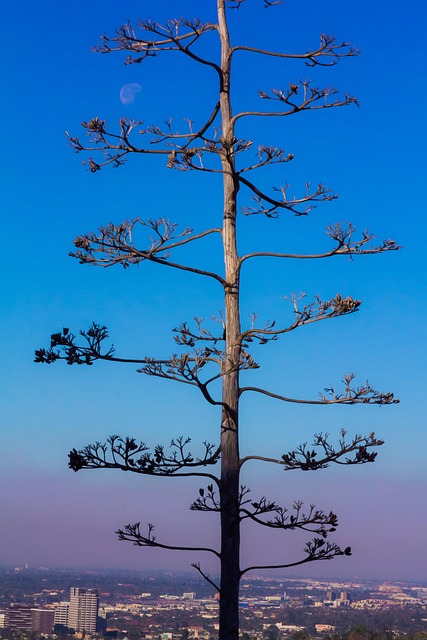
Real estate plays a pivotal role in fostering vibrant communities and thriving business districts. Developers and investors have the power to shape urban landscapes by creating spaces that encourage interaction, diversity, and economic growth. Strategic planning involving mixed-use developments, walkable neighborhoods, and accessible public areas can bring people together, foster community engagement, and cultivate a sense of belonging.
By integrating residential, commercial, and recreational spaces, real estate can facilitate a bustling atmosphere where folks gather, connect, and contribute to the local economy. This interdisciplinary approach not only enhances the quality of life for residents but also attracts businesses, tourists, and investors, further strengthening the community’s vibrancy and resilience.
